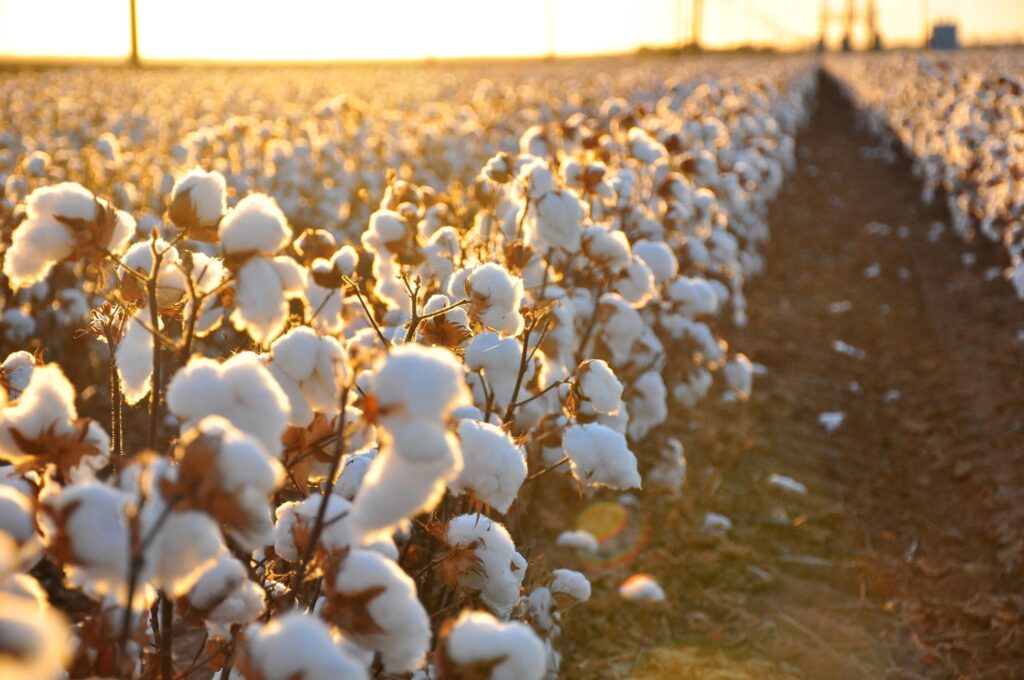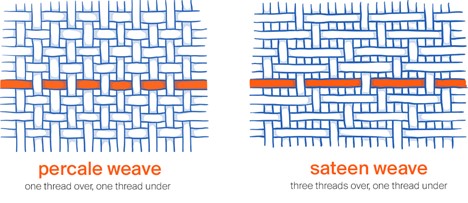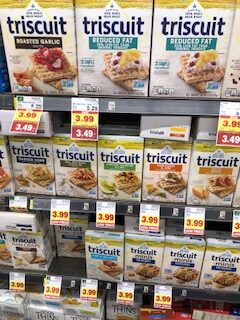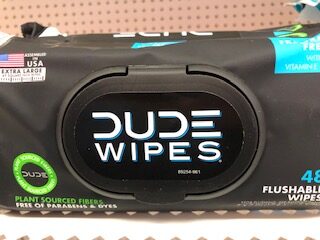1. Egyptian Cotton
Bed, Bath and Beyond wants me to believe that sheets made of “Egyptian Cotton” are the epitome of luxury and that my bed partner and I are worth the price bump. They tell me that Egyptian cotton is synonymous with “comfort, opulence and sophistication, the perfect indulgence for snuggling up, getting comfy and letting your cares fall away.”
How much is real, how much is hype? Is this another marketing ruse for dumb Americans who fall for the allure of an exotic provenance? And what does “Egyptian” mean, in fact? Does it refer to a specific variant of cotton, or any kind of cotton that happens to be grown in Egypt?
High luxury cotton is referred to as “extra-long staple” (ELS) cotton and can be grown in Egypt, but not exclusively. The longer and thinner ELS fibers result in a durable fabric with a silkier feel. However, poor quality cotton is also grown in Egypt and may be blended with ELS cotton. Therefore, labeling something as “Egyptian” is essentially a meaningless marketing term, though more recently the Egyptian government has tried to create an industry standard based on DNA testing to verify ELS cotton. In the US, ELS cotton may be trademarked as the luxury cotton brand “Supima.”
Web sites promoting Egyptian cotton, struggling to find a point of difference with other countries of origin, often point out that Egyptian cotton is “delicately hand-picked with loving care” to prevent clumping. As quaint as this description might be, it also carries with it the putrid whiff of slave labor in the American cotton industry. If not slave labor, then exploitative labor. In Egypt, this translates to child labor where children work grueling hours picking bugs off the growing cotton.
2. Thread Count
Thread count is the companion marketing ploy for sheets, exploiting the American belief that more is better. There are two different types of weaves – the basic percale, which is one fiber over and one under, and the silkier sateen, which is one fiber under and three over.
Thread count represents the sum of the vertical warp and horizontal weave in a square inch of fabric. The higher the thread count, the softer and more durable the sheets – up to 50 years – but frankly I don’t want to inherit Granny’s sheets.
Sateen is more loosely woven and susceptible to snags, and thus the thread count is generally higher than percale particularly if fine threads are used. For percale the average thread count is 180, for sateen 300 to 600. Anything over these thresholds is unnecessary and pure marketing. Additionally, it is likely that the manufacturer is fudging the numbers by twisting more than one thread into the ply, thus doubling the thread count.
3. Triple washed lettuce
Bagged lettuce typically includes the claim that it is “triple washed.” I immediately consider that “wash” is an umbrella term that includes spritzing, sprinkling, rinsing, dousing, dunking and scrubbing. Which one is it? YouTube videos of industrial lettuce washers suggest that “perfunctory spritzing” is an accurate description. A thick jumbled layer of lettuce is loaded onto a conveyor belt that quickly passes under three closely spaced but separate pipes spraying water. There is no agitation, dunking or any guarantee that all the leaves get wet, much less three times.
It is a common misconception that triple washing is designed to eliminate bacteria, such as E. coli. Nope. Food-borne illness is most often introduced in the field due to contaminated irrigation water. Washing at the processing stage only removes dirt and other debris embedded in leafy lettuce curls. In fact, this washing step may increase the risk of food borne illness through cross contamination carried from the field.
If this is the case, shouldn’t we all be washing our lettuce at home? Again no. The FDA points out that we are all dirty and unreliable slobs. Our counters, cutting boards, hands, sneezes and coughs pose a greater risk of cross contamination.
Lettuce-growers love the word “triple washed” since it suggests both a higher level of safety (which it doesn’t) and feeds into American’s love affair with convenience.
4. Triscuits
In my youth, cracker options were limited to Triscuits or Wheat Thins. Individuals and entire families had staunch preferences. Wheat Thins were preferred by those who appreciated their sweeter taste, Triscuits were praised for their sturdier construct ideal for dipping and cheese. The two were inseparable, the Bert and Ernie of the cracker aisle.
Fifty years later it’s an entirely different story. As new products flooded the market, marketers realized that they had to increase the visibility of the humble cracker. Instead of one flavor of Triscuits, there are now 18 different options, ranging from “balsamic vinegar” to “avocado, cilantro and lime.” Aside from the flavors, shoppers can choose between different shapes and sizes.
Triscuits are no longer nestled up to a companion box of Wheat Thins. The display consumes four rows of shelves, extending from knee to forehead level. Yes, the number of options might expand the market, but this strategy has the added bonus of crowding out smaller or innovative brands struggling to get a toe hold in this competitive market. As the Triscuit product line expanded, grocery stores realized that manufacturers would pay for the hotly contested real estate of eye level shelf space. Even more competitive is the fixed size of the freezer case or the check-out lane filled with impulse purchases. In the 1980s, grocery stores started charging “slotting fees” to claim shelf space for those willing to pay for it. These fees are an important source of fixed income for the grocery store, which operates on slim margins. Once the product is slotted on the shelf, the store can charge a yearly fee to keep it there, similar to rent for a high-end apartment. The grocery store can extract more money by charging for product inclusion in their flyers or demanding free product for “buy one get one free” promotions. All of these fees are of course passed on to the consumer.
The unsuspecting shopper may stand in rapture in front of the Triscuit display, thinking that only a great country like the US could offer 18 different flavors. When I stand there, I think that I don’t need a cracker sprinkled with pixie dust suggesting cilantro and lime. I want something new and exciting, but sadly realize that I am a pawn in a hidden, complex, and devious system designed to favor the behemoth manufacturers who can pay to play.
5. Flushable
The market for “wet wipes” or “baby wipes” exploded in the 1990s, responding to parents’ interest in a more durable wipe imbued with lotion, fragrances and disinfectants. The market then expanded to include any kind of personal hygiene beyond the tender skin of baby bottoms. For example, “Dude Wipes” are specifically marketed to men based on their larger size and more horsepower compared to flimsy toilet tissue. The product was profiled on Shark Tank. Mark Cuban, one of the judges, became an investor and showed up in one of their ads.
Tapping into Americans’ thirst for convenience and disdain for smeared body fluids, manufacturers have gleefully marketed their products as “flushable,” even though wet wipes are specifically designed NOT to disintegrate like toilet paper. Without a standard definition, marketers can use the word to describe anything that could be gagged down a swirling bowl. In this context my niece’s sock could be accurately described as “flushable,” even though several days later it resulted in a burbling excremental experience in the sink and shower that my family has tried to forget, but cannot.
Wet wipes can have the same result, clogging both household and downstream sewer systems, contributing to repulsive accretions of solidified fat called “fatbergs.” It is estimated that extracting fatbergs costs US utilities about one billion dollars annually.
The jousting over the definition of “flushable” has begun, pitting the wet wipe industry against the Federal Trade Commission, which has prohibited the use of the word “flushable” in certain products. However, marketers can sub in alternative wording such as “safe for sewers.” California, Oregon and Illinois have ratcheted up efforts by mandating a “do not flush” logo on wet wipes, though I wish they used a gender neutral icon. Manufacturers have countered these efforts with lawsuits contending that the plaintiffs have not definitively proven that wet wipes are the predominant culprit in fatbergs.
The wet wipes aisle in my local grocery store reveals different packaging approaches. Some wipes have deleted the word “flushable” from their packaging and remain silent on the subject. Others display the “do not flush” logo on the front near where the wipe is dispensed, others bury it on the back of the package. Some wipes take an environmental approach, noting that their product is “plant-based,” probably bamboo, contrasting with wet wipes that are made with microplastics. However, this feel-good designation has no bearing on flushability.
Then we have the example of “Dude Wipes” that encourage men to abandon all use of toilet paper. Their package proudly states that their product is flushable. Few will notice the disclaimer in itty bitty font on the back of the package, noting that their wipes should not be flushed if against the law, if there is fat or grease in the drain, or if consumers are unsure of their system capabilities.
Regardless of any regulations, manufacturers can feel smug in the knowledge that the marketing efforts over the past thirty years will have lasting effects. Undoing the learned habits of consumers will take a determined educational campaign. As evidence that there is no cause without an advocacy group the Responsible Flushing Alliance has risen to the challenge.
Follow Liza Blue on:Share:









Thoroughly enjoyable posting. Reminiscent of the old Andy Rooney segment on 6-Minutes that I have missed. I’m so glad to have subscribed to your blog. I’m looking forward to your next post.
Madeline